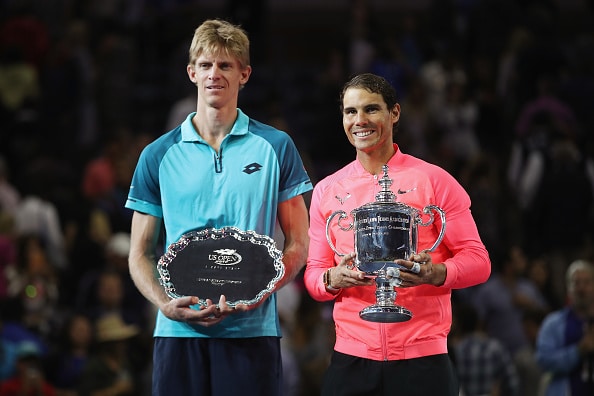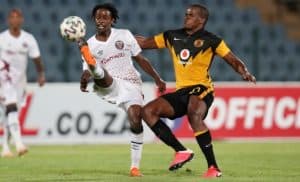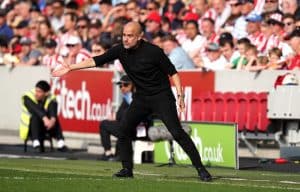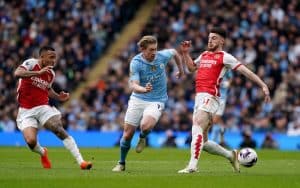Rafael Nadal produced a ruthless display as he beat Kevin Anderson to win the US Open final 6-3, 6-3, 6-4 at Arthur Ashe Stadium and claim his 16th Grand Slam singles title.
This was the Spaniard’s first Slam win since 2013 after two injury-marred seasons. It was Anderson’s first Grand Slam final appearance, and the first time a South African had been in a final since Kevin Curren in 1984.
‘There is no better way to finish the Grand Slam season for me after a very emotional season in all aspects,’ said Nadal. ‘So very happy the way that I played, happy the way that I managed the pressure, and the way I was competing during the whole event. Playing better or worse, the competitive spirit has been there in a very positive way all the time.’
WATCH: Highlights of US Open final
Nadal was dominant against Anderson. Nadal – who didn’t have to go beyond four sets in New York – never faced a break point against the Anderson, a big server whose most potent weapon was neutralised by his own nerves and by Nadal’s persistent returns.
Anderson and Nadal are both 31, but Anderson considers Nadal an idol and spoke of watching a teenage Nadal blaze through the pro circuit while Anderson was playing in juniors and at the University of Illinois. Perhaps intimidated by the occasion and the opponent, Anderson committed 40 unforced errors. World No 1 Nadal committed 11 unforced errors and was 16 for 16 on net points won.
‘Rafa made it very difficult for me tonight,’ Anderson said. ‘I felt he got a lot of returns back. He varied his position quite a lot. I think he had a pretty good read on my serve and he was getting my serve games, and he was holding quite comfortably.’
‘I think I played the right match, the match that I have to play,’ said Nadal, whose highest-seeded opponent in the tournament was No 24 Juan Martin Del Potro in the semi-finals. ‘I put a lot of balls in. I let him play all the time, and that was my goal, no? To try to have long rallies, to try to have long points, because he will try to play short.
‘But of course if the ball is going over the net a couple of times helps, because he gets more tired. He’s taller. His movements are a little bit worse than my ones. That was the goal for me, no, to take advantage and try to move him.’
Photo: Matthew Stockman/Getty Images





